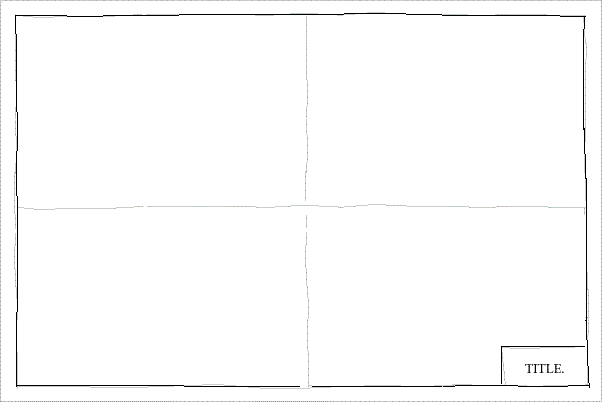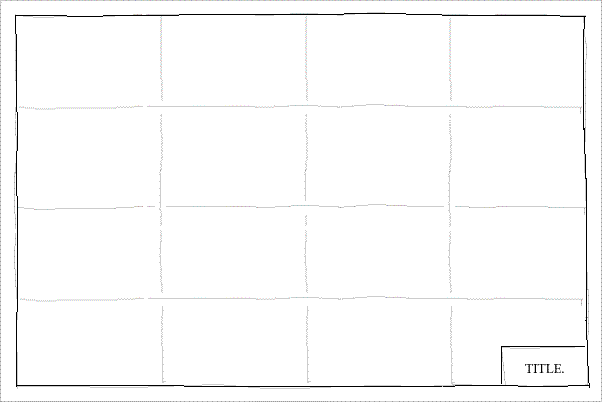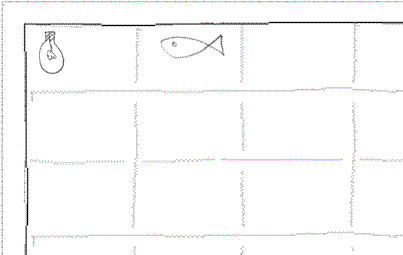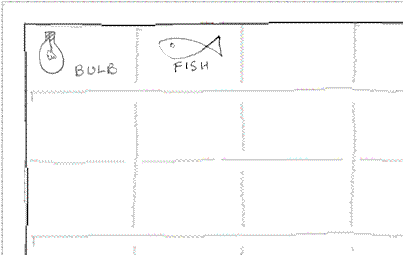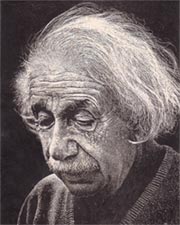 PART 2: LESSON 1
- SETTING UP PART 2: LESSON 1
- SETTING UP
TIME:
Aim:
Materials:
Without using the ruler (or any other straight edge) prepare the page with margin and add the freehand boxes as shown.
b) When the student is satisfied with the light lines they can be 'firmed in' thus (again using short, comfortable lines):
c) Without using a ruler divide the page into quarters using light lines as shown below.
d) Divide again.
e) And yet again as shown.
f) And again, so now you have 64 spaces (ignoring the title box). TWO QUICK SKETCHES
At the completion of the time allowed for this task (can be shortened for future lessons) the student will ask his or her neighbour to guess and write down the names of the articles or objects. It they match the drawings they should remain unidentified (no need for any notation). If not recognized the student should identify them as shown below. The Teacher will be the final arbiter. Be kind!
This whole exercise should be treated as fun as the teacher will find the students serious enough and naturally competitive. Do not ridicule any effort yet be constructive where necessary. Praise the good and display the brilliant for the rest of the class to see. Simplicity and effectiveness are the keys. In the example above try and guess what the two unnamed objects are? You will see they are drawn with the maximum economy of line. That what we want from the student.
The possibilities for set homework are manifold in these new set of lessons. Page preparation, common object research, completing drawings begun in class etc. Judge the pace according to student level and class preformance.
|


